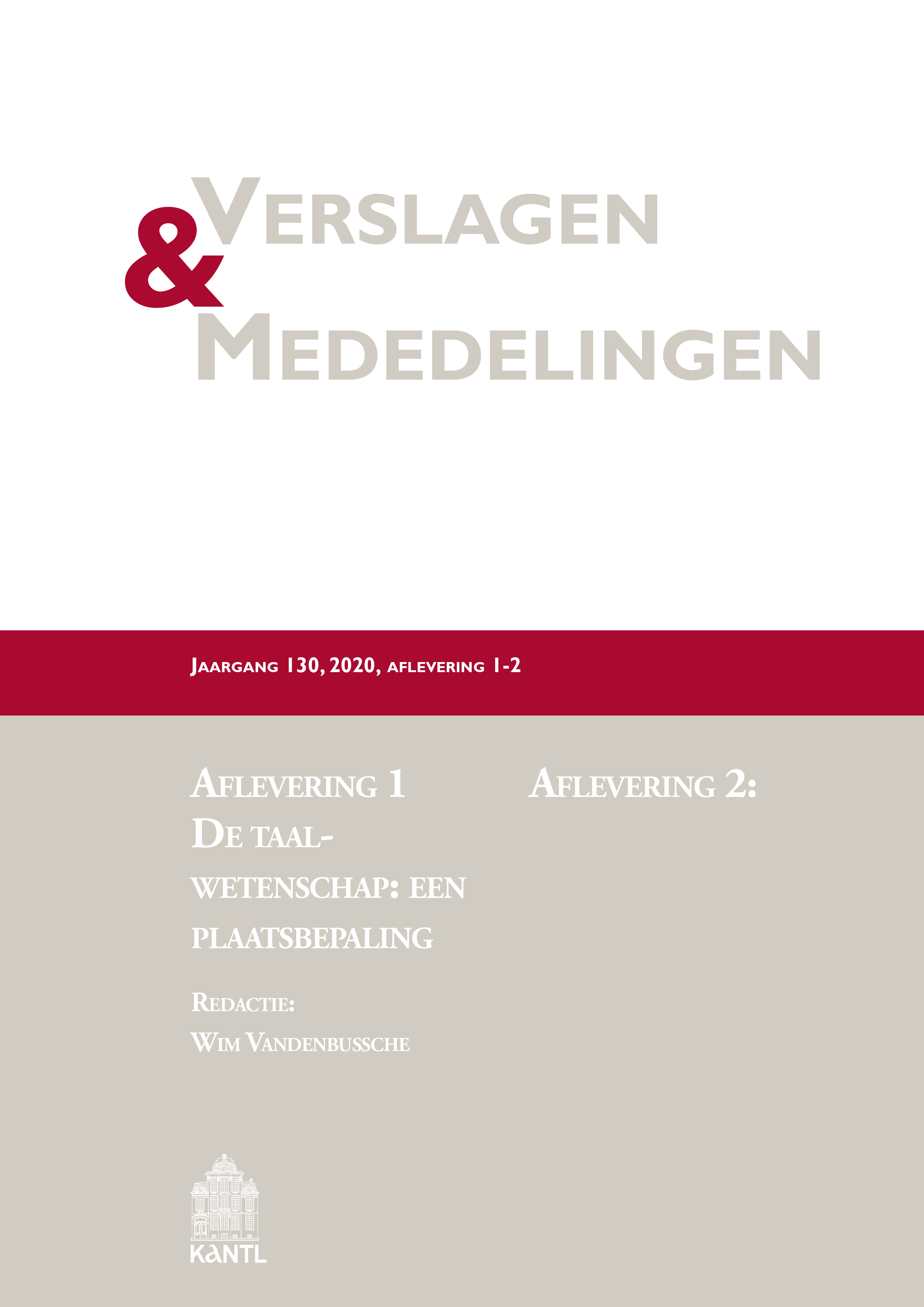Hoe de computerlinguïstiek gered werd door de taalkunde en omgekeerd
Samenvatting
Hoewel de computertaalkunde is ontstaan als methode om taalkundige
theorieën te testen, ging ze al snel haar eigen weg, gebaseerd op
statistische methodes en zelflerende systemen. Tegenwoordig, met de
“revolutie” van diepe neurale netwerken, met name de “pre-trained”
taalmodellen, lijkt de taalkunde nog maar weinig relevant voor de
computertaalkunde. In deze commentaar argumenteer ik dat dit een
onterechte conclusie is: de kracht van deze neurale modellen is gebaseerd
op een taalkundige theorie en omgekeerd kunnen de computermodellen
een nieuwe impuls voor de taalkunde bieden.
Although Computational Linguistics originated as a method for the
evaluation of linguistic theories, it soon took a different path, guided
by statistical and machine learning methods. With the current ‘revolution’
of deep neural networks, especially the pre-trained language
models, linguistics doesn’t seem relevant anymore for computational
linguistics. In this comment, I argue that this conclusion is incorrect:
the power of these neural models is based on a linguistic theory, and
vice versa, current computational models can provide a new impulse
to linguistics.
- Auteurs behouden de auteursrechten en geven het tijdschrift het recht van eerste publicatie van het werk onder een Creative Commons Attribution Licentie die anderen het recht geeft het werk te delen onder vermelding van het auteurschap van het werk en de eerste publicatie in dit tijdschrift.
- Auteurs mogen separate, additionele contractuele overeenkomsten aangaan voor het niet-exclusief distribueren van de door het tijdschrift gepubliceerde versie van het werk (bv. plaatsing in een institutionele repository of publicatie in een boek), onder vermelding van de eerste publicatie in dit tijdschrift.
- Auteurs hebben het recht en worden aangemoedigd om hun werk online beschikbaar te stellen (bv. in institutionele repositories of op hun website) voorafgaand aan en gedurende de inzending, aangezien dat kan leiden tot productieve discussies, sneller en meer citaties van het gepubliceerde werk (Zie The Effect of Open Access).


